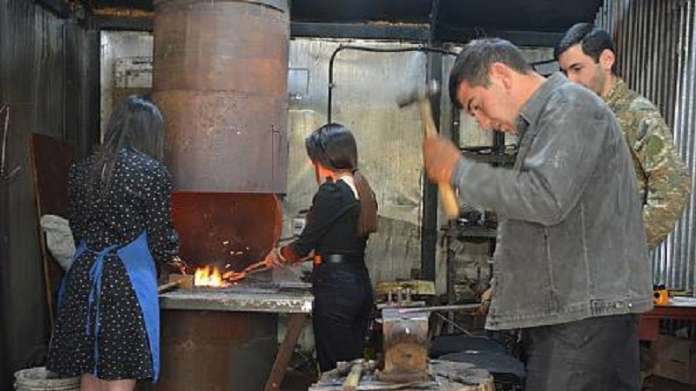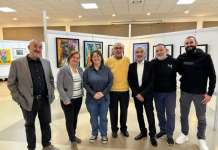UNESCO’s Intergovernmental Intangible Heritage Committee meeting in Kasane, Botswana from the 5 – 8 December, has inscribed 55 new cultural practices to its Intangible Cultural Heritage List, in response to nominations submitted by 72 countries.
The Intangible Cultural Heritage Convention’s 20th Anniversary was also celebrated at the Committee Session. The convention is now ratified by 181 State Parties, and the list now includes more than 700 traditions and cultural practices.
55 New Inscriptions
Held from the 5 – 8 December, the 18th Intergovernmental session of the Committee was chaired by Botswana. Following debates, the 24 State members of the Committee decided to inscribe 55 new cultural practices:
- 6 practices were inscribed on the Intangible Heritage List of Urgent Safeguarding
- 45 practices were inscribed on the Representative List of the Intangible Cultural Heritage of Humanity
- And 4 were inscribed on the Register of Good Safeguarding Practices
Including these new inscriptions, 730 cultural practices spread across 145 countries now make up UNESCO’s living heritage.
The Committee also awarded two international assistance grants: one to Zimbabwe for 321,300 USD, and the other to Paraguaray, for 74,500 USD. Since the Convention was created, UNESCO has financed more than 140 safeguarding projects in over 70 countries, totaling over 12 million US Dollars.
UNESCO’s Representative List of the Intangible Cultural Heritage of Humanity includes the blacksmithing tradition in Gyumri, Armenia’s second target city.
Blacksmithing, or the creation and repair of iron objects, has played a central role in the local identity and cultural characteristics of the city of Gyumri, Armenia for centuries. Although the practice nearly disappeared in Armenia in the mid-twentieth century, it has survived in Gyumri, where inhabitants continue to preserve existing items – such as window lattices, fences, gates, doors, candlesticks and chandeliers – made by old masters and to forge and use the iron products in their daily life.
Current blacksmiths, some of which are fifth- or sixth-generation masters, play an active role in safeguarding and transmitting the tradition of urban blacksmithing as well as its history, traditional skills and knowledge. They typically transmit the practice informally within their families, passing on the skills and styles to their children and grandchildren.
In addition, blacksmithing is also transmitted formally through community museums and in two specialized educational institutions: the Gyumri Fine Arts Academy and the Gyumri Craftsmanship College N 1. A key part of the city of Gyumri’s architectural identity, blacksmithing can be seen both in the interior and exterior of private and public buildings and is associated with the values of diligence, honesty, fair work and mutual respect.














